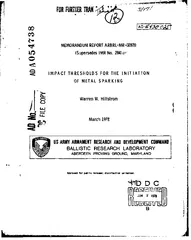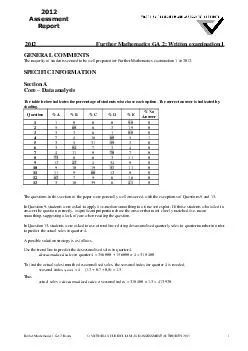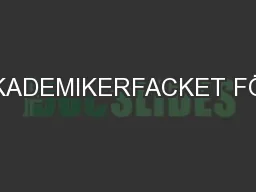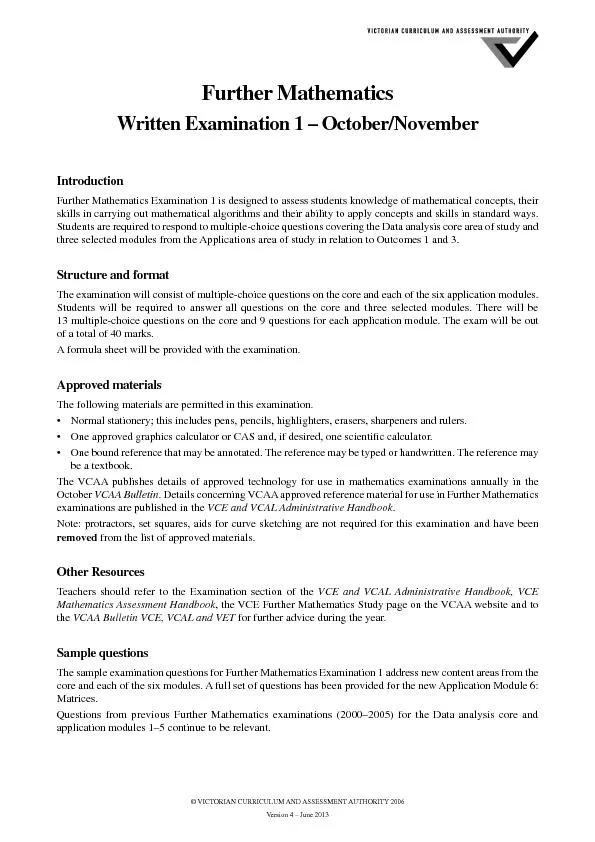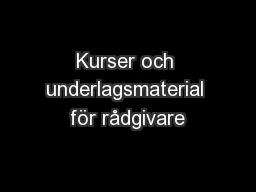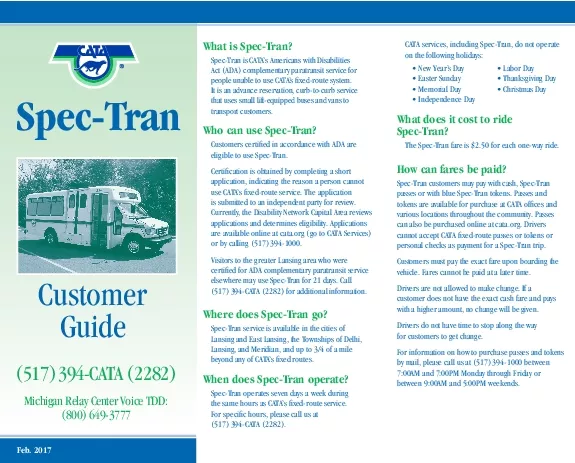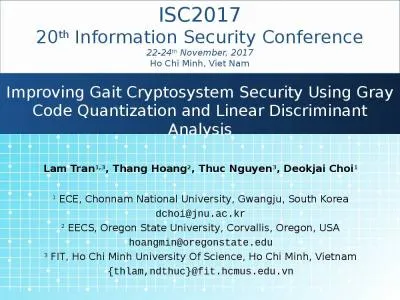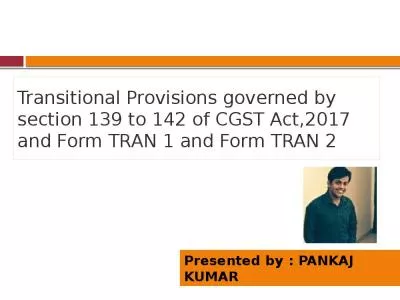PDF-FOR FURTHER TRAN,,
Author : tatyana-admore | Published Date : 2015-10-28
I AD V MEMORANDUM REPORT ARBRLMR02820 Supersedes IMR No 284 ol IMPACT THRESHOLDS FOR THE INITIATION OF METAL SPARKING Warren W Hillstrom March 197E US ARMY ARMAMENT
Presentation Embed Code
Download Presentation
Download Presentation The PPT/PDF document "FOR FURTHER TRAN,," is the property of its rightful owner. Permission is granted to download and print the materials on this website for personal, non-commercial use only, and to display it on your personal computer provided you do not modify the materials and that you retain all copyright notices contained in the materials. By downloading content from our website, you accept the terms of this agreement.
FOR FURTHER TRAN,,: Transcript
Download Rules Of Document
"FOR FURTHER TRAN,,"The content belongs to its owner. You may download and print it for personal use, without modification, and keep all copyright notices. By downloading, you agree to these terms.
Related Documents

